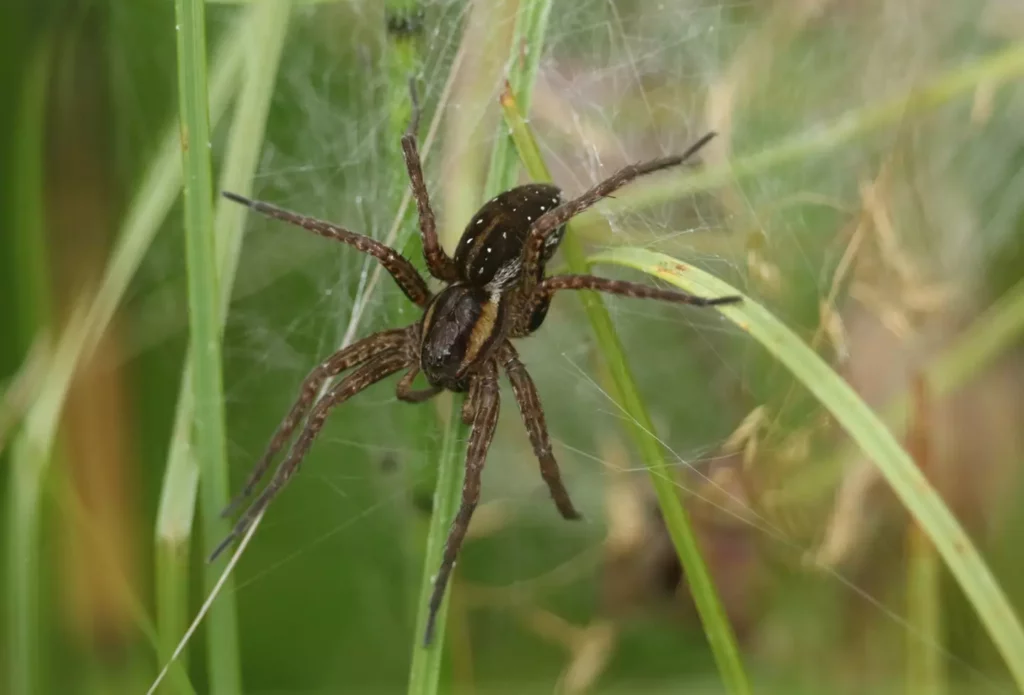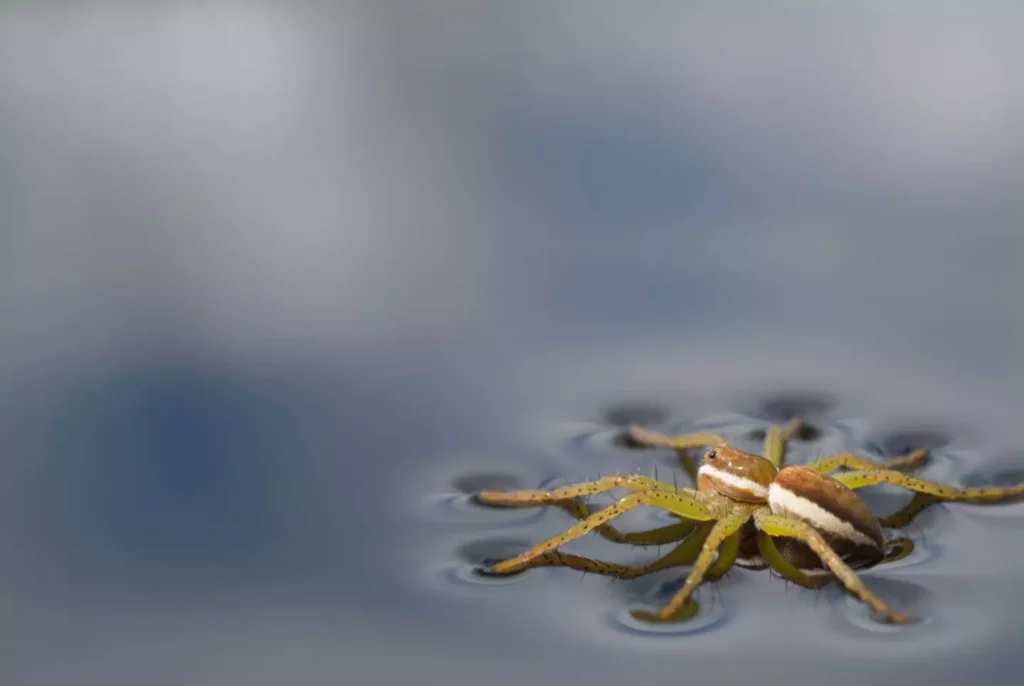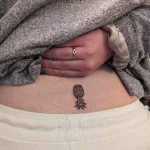There are now more than 10,000 breeding females on the move.
Anyone who fears spiders has likely experienced nightmares about giant ones running rampant and seizing control of the country.
To be honest, even though I don’t have a fear of them, that scenario sounds like a true nightmare. It appears that this terrifying vision almost became a reality, though perhaps not quite as dramatically as the vivid images our minds can create.
That’s because thousands of giant spiders, “the size of a human hand,” are roaming the UK after being released from a zoo.
These “unique species” were carefully raised in individual test tubes to prevent them from eating each other and were hand-fed tiny flies with tweezers prior to their release.

A decade ago, the well-known Chester Zoo released thousands of fen raft spiders after they were on the brink of extinction.
They posted on Facebook: “Ten years ago, we helped release THOUSANDS of GIANT spiders back into the UK!
“The fen raft spiders were bred right here at the zoo, and we’re thrilled to share that there are now over 10,000 breeding females… and they just experienced the largest mating season on record!”
And for anyone who might be panicking, they even added: “You can’t miss them; they grow to the size of your hand! Honestly, you’re so welcome.”
But don’t worry, everyone—while they may sound frightening, the fen raft spider is considered “harmless” and plays a crucial role in maintaining healthy aquatic ecosystems.

The spiders were bred as part of a collaborative conservation breeding rescue program in partnership with the RSPB (Royal Society for the Protection of Birds), which aimed to restore their natural habitat.
Tim Strudwick, site manager for the RSPB Mid Yare nature reserves, explained: “These spiders play an important role in maintaining the rich aquatic diversity found in the grazing ditches on our reserves. The females are not only impressive in size but also beautiful—they are truly special to see!”
Fen raft spiders can grow to about the size of an adult human’s palm, and you can recognize them by the striking white stripe that runs along their bodies. Unlike typical spiders, they don’t catch their prey in webs; instead, they lie in wait with their front legs resting on the surface of the water.
The species nearly faced extinction 15 years ago due to the destruction of its wetland habitat, but now the RSPB estimates there are around 10,000 breeding females across the UK. Moreover, they are experiencing their best year on record.
The zoo stated: “We’re incredibly proud of the role we’ve played in this remarkable conservation success story, ensuring the survival of a species that was once on the brink of extinction.”





